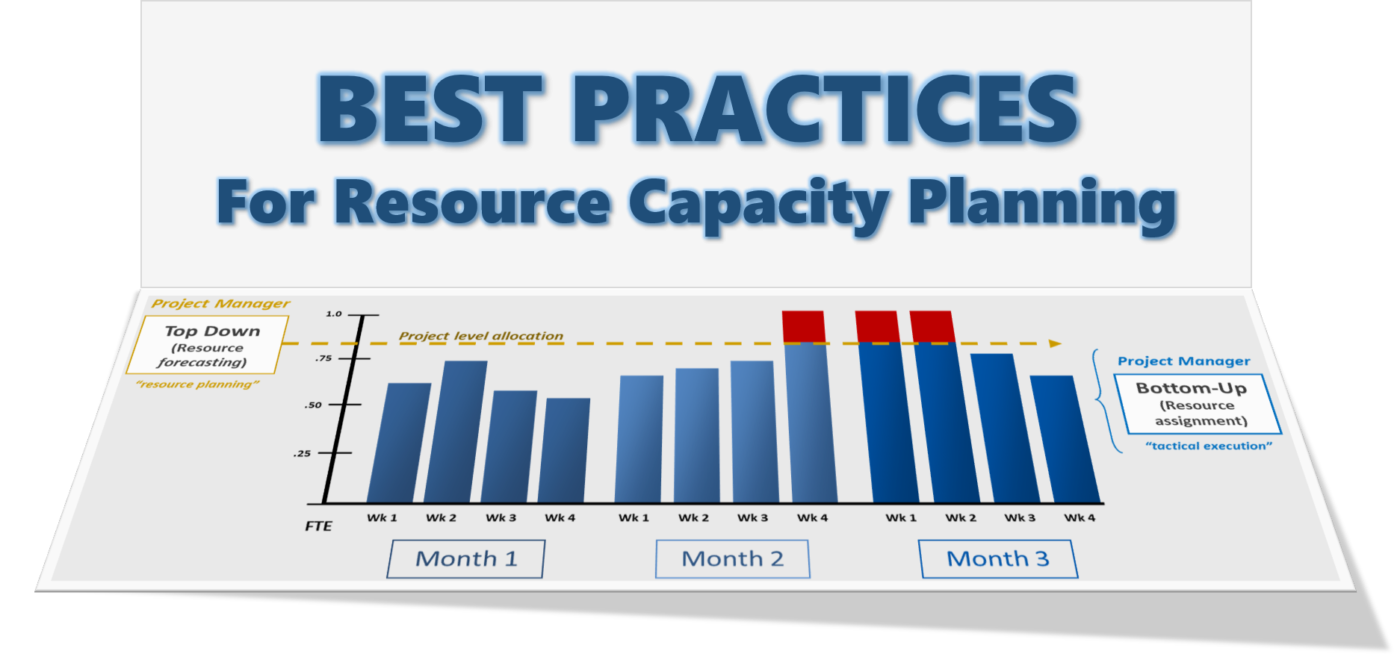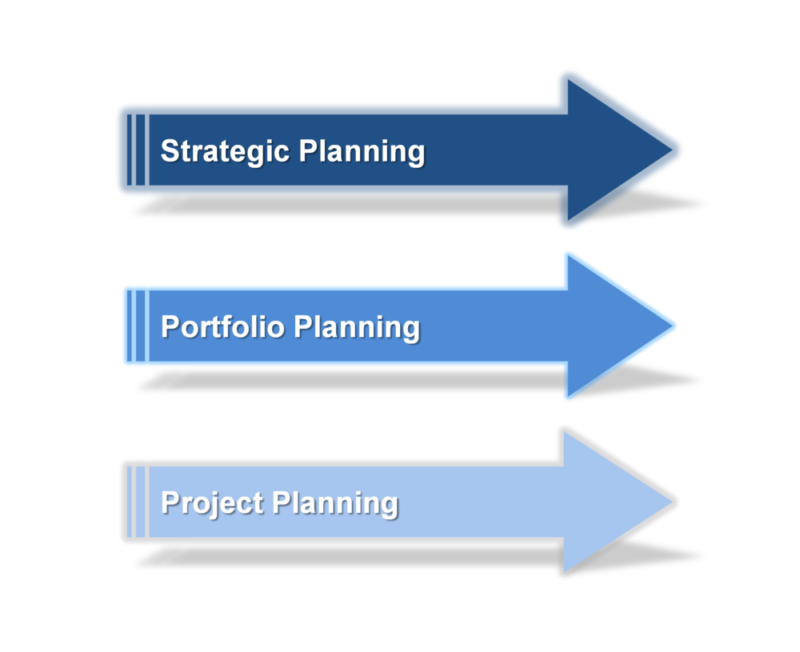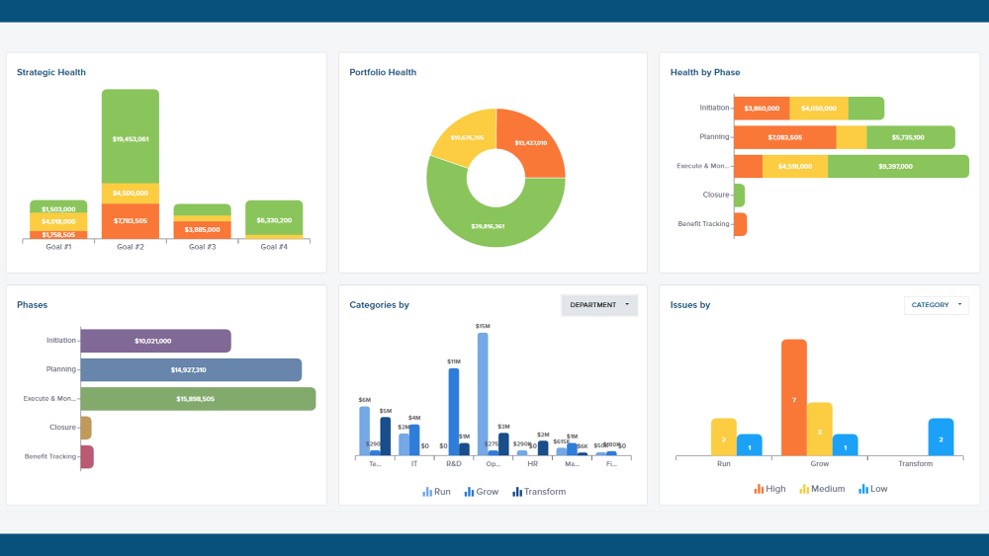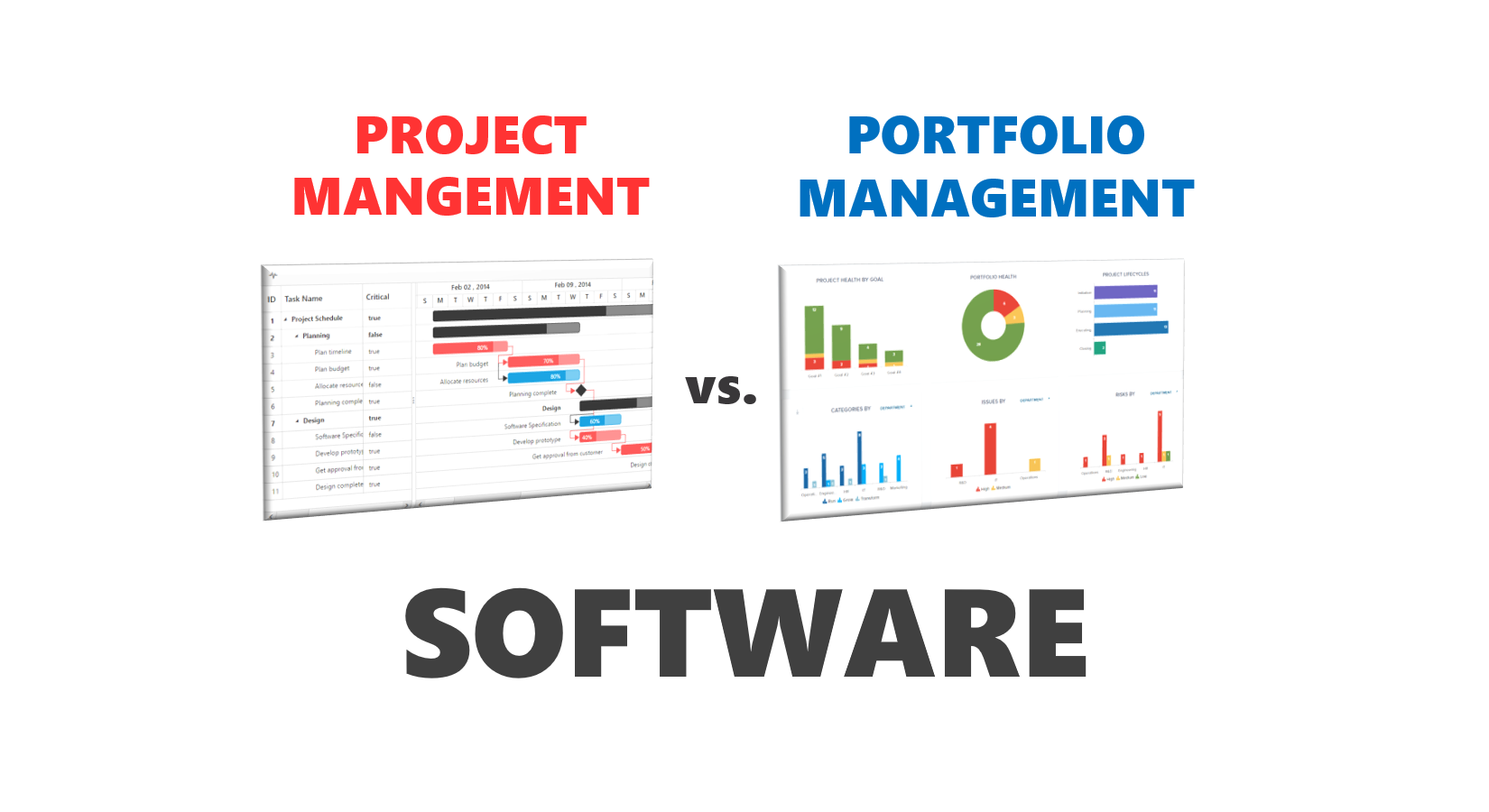Use Your PMO to Drive Strategic Execution
Strategic execution is not easy – in fact, you almost always fail: » 90% of corporate strategies are never implemented » 70% of complex initiatives fail » 67% of projects are either challenged or impaired One of the continuing difficulties executives face is this ‘strategy-to-reality’ gap –…
The Complete Guide to the Project Management Office
In this complete guide to the Project Management Office (PMO) we will break down in detail the difference between a PMO and an EPMO. In order to do this, we will go in-depth to review what a PMO is, what it does, what the benefits are, and PMO frameworks. From there we will cover what an Enterprise…
Best Practices for Resource Capacity Planning
Resource capacity planning is one of the most commonly cited functions of project portfolio management. Senior leadership rightly wants to understand whether they have adequate resources to take on more project work and whether their existing work will get done on time. Most companies recognize the…
How To Create A Successful Work Intake Process
Work intake is a critical success factor for project portfolio management. Does your organization have a “single entry” for new project requests? Or rather, does your organization have a front door, a side door, a back door, and many other ways to receive requests? Having multiple ways to submit…
Portfolio Planning Drives Strategic Execution
Portfolio planning drives strategic execution, but when compared to strategic planning and project planning, very few companies do an adequate job of portfolio planning. Project portfolio management is about strategic execution with the goal of maximizing business value delivery. Successful…
Portfolio Communication-The Official Guide
Portfolio communication is the real heartbeat of project portfolio management. Strong communication keeps the organization aligned on what is most important. This thought is exemplified by Patrick Lencioni’s classic quote, “If you could get all the people in an organization rowing in the same…
Benefits Realization and Portfolio Value Management
Benefit realization is one of the hardest portfolio management processes to get right (after resource capacity planning). Yet, in spite of the challenges, it gets the most buzz of any PPM process. It is a hot topic among Portfolio Managers and PMO leaders and the Project Management Institute.…
Managing Project Interdependencies
Managing project dependencies (or interdependencies) is an often-missed tactical capability of project portfolio management (PPM). Yet, managing project dependencies is an important part of portfolio planning so as to tactically coordinate project execution. Successful management of project…
The PMO Guide to Portfolio Management Charts
In this article we present the PMO guide to project portfolio management charts and dashboards. In our data-driven age of project and portfolio management, having the right project portfolio management charts, dashboards, reports, and analytics are important for successfully managing projects and…
Project Management Software versus Project Portfolio Management Software
The Difference Between Project Management Software and Project Portfolio Management Software What is the difference between project management software and project portfolio management software? Project Management Offices are looking at these types of software all the time and it is critical to…











